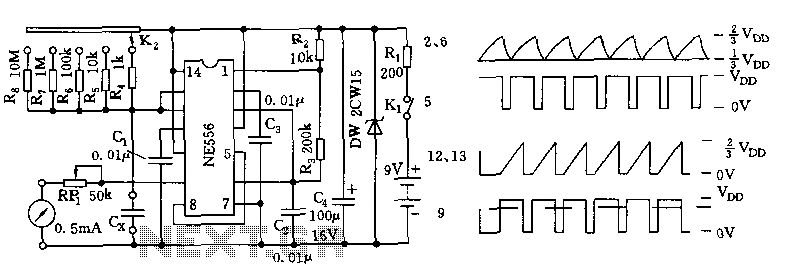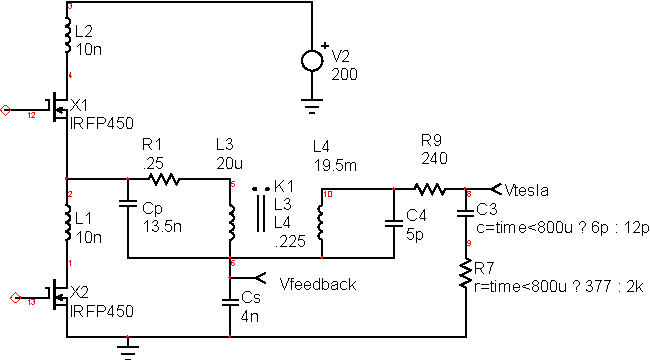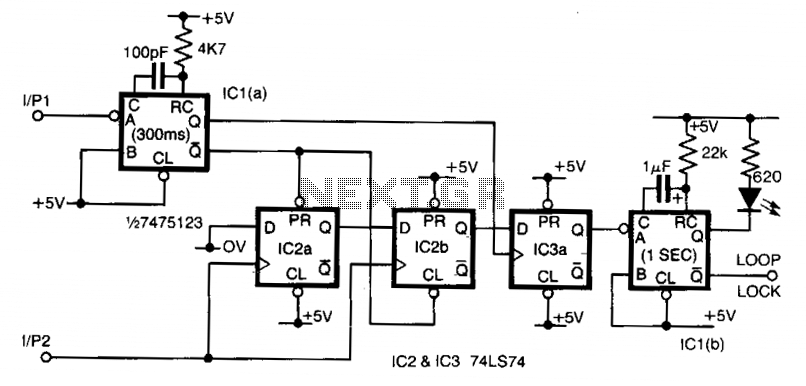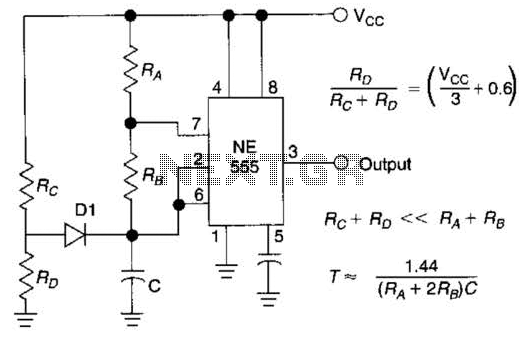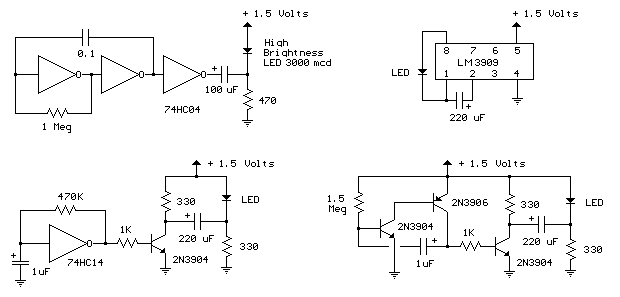
Voice music outlet circuit diagram SK- made
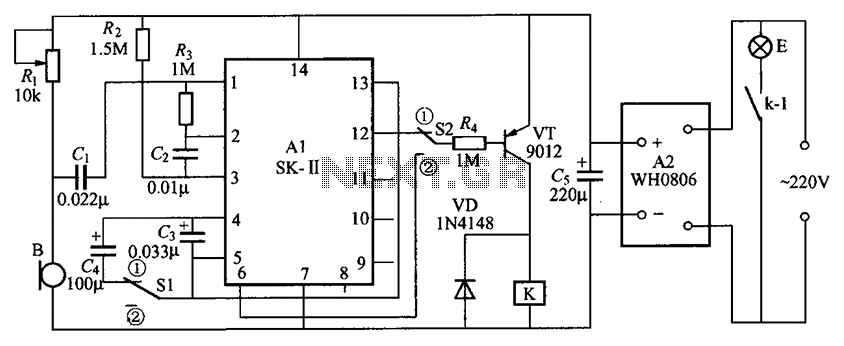
The circuit consists of an acoustic sensor, SK voice circuit, relay control circuit, vocal music circuit, and an AC buck rectifier circuit.
The described circuit integrates several key components, each serving a distinct function to achieve the desired operational characteristics.
1. **Acoustic Sensor**: This component detects sound waves and converts them into electrical signals. It is essential for capturing audio input, which will be processed by the subsequent circuits.
2. **SK Voice Circuit**: This circuit is designed to process the signals received from the acoustic sensor. It typically includes amplification and filtering stages to enhance the quality of the audio signal before it is passed on to the relay control circuit.
3. **Relay Control Circuit**: The relay control circuit acts as a switch that can be activated by the processed audio signals. When the acoustic sensor detects sound and the SK voice circuit processes it, the relay may be triggered to perform a specific action, such as turning on a device or activating another circuit.
4. **Vocal Music Circuit**: This circuit may serve to generate vocal music or sound effects based on the input received from the SK voice circuit. It can include various sound synthesis techniques to produce the desired audio output.
5. **AC Buck Rectifier Circuit**: This component is responsible for converting alternating current (AC) to direct current (DC). The buck rectifier ensures that the power supply is stable and suitable for the operation of the circuit components, particularly the relay and audio circuits.
The integration of these components allows for a versatile circuit capable of responding to acoustic signals and generating appropriate outputs, making it suitable for applications such as sound-activated devices, alarms, or interactive sound systems. Proper attention to the design and layout of the circuit will ensure optimal performance and reliability. Circuit As shown, it comprises an acoustic sensor, SK- voice circuit, relay control circuit, vocal music circuit and the AC buck rectifier circuit. BM acoustic/electric transdu cer.
The described circuit integrates several key components, each serving a distinct function to achieve the desired operational characteristics.
1. **Acoustic Sensor**: This component detects sound waves and converts them into electrical signals. It is essential for capturing audio input, which will be processed by the subsequent circuits.
2. **SK Voice Circuit**: This circuit is designed to process the signals received from the acoustic sensor. It typically includes amplification and filtering stages to enhance the quality of the audio signal before it is passed on to the relay control circuit.
3. **Relay Control Circuit**: The relay control circuit acts as a switch that can be activated by the processed audio signals. When the acoustic sensor detects sound and the SK voice circuit processes it, the relay may be triggered to perform a specific action, such as turning on a device or activating another circuit.
4. **Vocal Music Circuit**: This circuit may serve to generate vocal music or sound effects based on the input received from the SK voice circuit. It can include various sound synthesis techniques to produce the desired audio output.
5. **AC Buck Rectifier Circuit**: This component is responsible for converting alternating current (AC) to direct current (DC). The buck rectifier ensures that the power supply is stable and suitable for the operation of the circuit components, particularly the relay and audio circuits.
The integration of these components allows for a versatile circuit capable of responding to acoustic signals and generating appropriate outputs, making it suitable for applications such as sound-activated devices, alarms, or interactive sound systems. Proper attention to the design and layout of the circuit will ensure optimal performance and reliability. Circuit As shown, it comprises an acoustic sensor, SK- voice circuit, relay control circuit, vocal music circuit and the AC buck rectifier circuit. BM acoustic/electric transdu cer.

